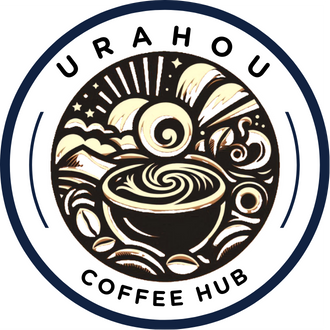Coffee’s Journey in America: From Colonial Curiosity to Cultural Icon
The history of coffee in America kicks off with a fascinating blend of exploration, shifting cultural habits, and economic expansion. Let’s step back to the early 1600s when coffee first captured the interest of Westerners. Initially a mysterious and exotic beverage, coffee was discovered through trade routes reaching into the Levant and quickly became popular across Europe before making its way into the American consciousness.
Early Beginnings and the Influence of Captain John Smith
Captain John Smith, the same figure known from Jamestown and Pocahontas’ stories, is often credited with introducing coffee to the American colonies. During his travels in Turkey, Smith encountered coffee and was inspired to bring this remarkable beverage back to the New World. Soon after, coffee began to spread through American port cities along the Eastern Seaboard. Colonial coffeehouses emerged, particularly in places like Boston and Philadelphia, where they served as informal meeting places for intellectual and political discussion. This early foundation hinted at coffee’s eventual role as a social catalyst within American society.
The Boston Tea Party: Coffee as a Symbol of Independence
The Boston Tea Party in 1773 significantly impacted American coffee culture. When colonists famously dumped British tea into the harbor, coffee quickly became a patriotic alternative. Almost overnight, opting for coffee was an act of defiance against British rule—a bold statement of freedom and independence. Coffee was no longer just a beverage but a symbol of American identity, establishing a legacy that would continue to shape its cultural role.
Establishing a Legacy: Coffee’s Integration into Everyday Life
By 1723, coffee seeds had been transported to the New World, allowing coffee to become an integral part of daily American life. As coffee planting spread across the Americas, this encouraged its consumption, making it an increasingly available and popular choice across all social classes. Following the Civil War, coffee’s popularity skyrocketed, as advancements in roasting, packaging, and accessibility brought it to a broader audience.
The Rise of American Coffee Brands: Pioneers and Innovations
The American coffee industry’s growth was spearheaded by companies like the Arbuckle Brothers Company, founded in 1839. They revolutionized coffee consumption by selling roasted coffee in one-pound bags, making it convenient for busy households to brew coffee at home. Before this innovation, coffee beans were sold green, and people roasted them at home—a time-consuming process that Arbuckle’s innovation simplified, spurring a nationwide caffeine revolution.
This period also saw the rise of other influential brands, like Folgers, which brought coffee to the West Coast during the California Gold Rush. The brand’s success fueled a wave of new ideas, with technological advances such as vacuum-sealed packaging and instant coffee further shaping the market by the early 1900s. As westward expansion continued, coffee became a staple for pioneers on the Great Plains, reinforcing its role as an everyday necessity for Americans.
Mid-20th Century and Coffee’s Role in American Pop Culture
In the 1950s and 60s, coffee began to take on new meanings, appearing prominently in diners across the country. Brands like Maxwell House and Folgers became household names, with slogans and advertising campaigns promoting coffee as part of the quintessential American lifestyle. Coffee’s role in pop culture grew, with its associations spanning from roadside diners and homes to high-end urban coffeehouses.
The 20th Century to Today: Coffee Culture Evolves with Innovation
The 20th century also brought groundbreaking technology, such as espresso machines and commercial roasters, transforming coffee into a staple of American social life. Coffeehouses continued as popular social hubs, but the late 20th century witnessed the rise of mega-brands like Starbucks, which made coffee accessible to everyone, anywhere. This democratization of coffee drinking allowed it to seamlessly fit into the rhythms of modern life—whether in bustling cities or small towns.
The “third wave” coffee movement emerged as well, marking a shift toward high-quality beans, ethical sourcing, and artisanal preparation. This trend has influenced coffee’s role not only as a beverage but as an expression of values, emphasizing sustainability, direct trade with farmers, and unique flavor profiles that link the drink back to its geographical roots. For many, it’s an appreciation of coffee that aligns with a conscious lifestyle.
American Coffee Culture Today: A Rich Tapestry of Tradition and Innovation
Today, walking into a coffeehouse, it’s hard to imagine a time when these spaces weren’t integral to American life. Coffee culture has evolved into something as diverse as the American landscape itself. Urban areas feature chic craft coffee shops emphasizing unique roasting techniques, while diners in smaller towns remain steadfast, offering a straightforward, comforting brew. Whether in a bustling café or on a quiet front porch, coffee serves as a unique blend of community, ritual, and comfort.
In modern times, the popularity of single-serve coffee machines, coffee subscriptions, and social media trends has further transformed coffee consumption, making it easy to enjoy a personalized brew anytime, anywhere. Coffee remains a cultural staple, with its history in America revealing not only an evolving industry but a dynamic connection between a drink and the society it has deeply shaped. Today, American coffee culture is a rich tapestry that connects generations, inspires change, and provides an experience beyond just a beverage.
